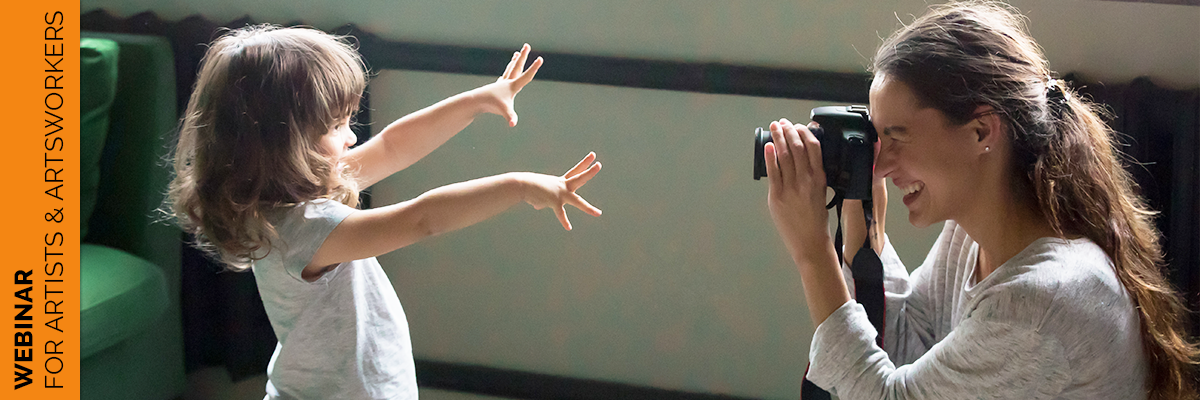Models for Working Parents and Guardians with an Arts Practice

Time
(Thursday) 12:00 pm - 1:00 pm(GMT+10:00) View in my time
Location
Your computer
Event Details
Parenting or guardianship as an
Event Details
Parenting or guardianship as an artist can be an isolating experience. It places limitations on our opportunities to get together with fellow artists to share ideas and to collaborate. In this webinar, Linda Clark will discuss how the networking community developed through her research (the Mother-Artist Model) could help overcome the challenges of isolation through collective dialogue. Explore how to embrace parenthood or guardianship while developing a sustainable approach to your art practice.
Additional Information
Linda Clark’s practice explores the complex interrelationship between the roles of mother and artist as a potential strategy to address the issue of maternal periphery. This is defined as the physical or psychological feeling of being outside arts discourse as experienced by regional women artists. The nature of Clark’s Doctoral research interrogates her role as a mother and a contemporary artist as an inseparable challenge. Both of these experiences are conceptually and theoretically informed by her personal experiences and practice.
Clark’s research utilises an interdisciplinary approach that is initiated through her practice, incorporating multifaceted interactions of artmaking in hybrid forms including conceptual art, video, installation and sculpture. In conjunction with these art forms, her work is also informed by interpersonal and collaborative relationships, alongside research which explores areas such as identity, maternity and feminism.
Through her practice, Clark has devised a ‘Mother-Artist Model’ (MAM) as a conceptual framework for practice and a form of intentional documentation. The model is embedded within the artist’s need to explore through making, thinking, researching and interacting with her children through the intertwined roles of the mother-artist. In this exploration, she is not merely engaged with the subject matter of motherhood, rather her practice is located in everyday ritual and complex exchanges between herself and her children. The artist employs these interactions as a method through the MAM in her role as “facilitator, constructor and keeper of memory”. MAM has been applied to other mother-artists and holds broader resonance across regional communities.
